Technical analysis of future wire and cable industry
Technical analysis of future wire and cable industry
With the development of China's power industry, the requirements for supporting industries are getting higher and higher. As an important part of the power supporting industry, wire and cable are also no exception. They are facing the need for upgrading to meet the needs of China's power development. . Future wire and cable companies should work hard on improving technology, saving raw materials, and developing new environmentally friendly materials. According to the author's judgment, the future development of the wire and cable industry technology in the future mainly involves the following aspects.
The development of carbon fiber in recent years has become faster and faster, and there is a possibility that carbon fiber cables may replace traditional steel core aluminum stranded wires in the future. Carbon fiber cable is an alternative to traditional steel core aluminum stranded wire (bare conductor), and is mainly used in 110kv~220kv lines. Compared with conventional steel core aluminum wire (ACSR), ACCC’s aluminum cross-sectional area is increased by 29%, and the weight per unit length is 20% lighter. Therefore, with a certain allowable drape, the use of ACCC can greatly improve the line transmission capacity and reduce loss. By replacing a large number of ordinary conductors with ACCC conductors, the power grid company can expand the power grid without adding new lines, greatly saving land, towers, and engineering costs, in line with the policy direction of energy conservation and efficiency. Carbon fiber composite wire will be a revolutionary alternative to existing wires. This provides new development opportunities for companies that have a strong competitive advantage in the field of carbon fiber composite wires.
High-temperature superconducting technology will be greatly developed in the future. Due to the advantages of relatively low price, large capacity, low loss, and no electromagnetic pollution, high-temperature superconducting cables have attracted much attention in the world. Many countries have raised the development of superconducting industry to a strategic height. my country has made major breakthroughs in high-temperature superconducting technology. In August of this year, under the on-site supervision of officials from the headquarters of the International Thermonuclear Experimental Reactor (ITER), the largest length of superconducting cable operating in the ITER installation-the 765-meter CB (factory standard) superconducting cable conductor was in silver colored Changtong Company went offline.
At the same time, on the basis of high-temperature cables, relevant national plans have also set up support for major projects of "high-temperature superconducting power transmission". At present, my country imports about 2 billion yuan of high-temperature cables from abroad for domestic construction every year. It is estimated that by 2020, the global market for superconducting applications will reach 244 billion U.S. dollars (approximately RMB 1,486.9 billion), and high-temperature superconducting cables account for about 5% Share.
Therefore, the development and application of high-temperature superconducting technology will be an important technology in the wire and cable industry in the future.
The optimized treatment technology of aluminum rare earth will develop greatly. The use of continuous casting and rolling technology to produce electrical aluminum rods has become quite popular in China and has good performance. However, the equipment is still at the level of the early 1970s, and there is not much innovation in technology. It is necessary to actively promote my country’s unique aluminum and rare earth optimization processing technology, and use some of the imported key special equipment and technologies to add aluminum-zirconium alloys, transform aluminum melting coal furnaces into aluminum melting oil or natural gas furnaces, and completely eliminate aluminum melting coal burning furnaces. Emission of coal soot and flue gas, and a flue gas filter device to purify the flue gas, improve the emission quality, increase the yield, reduce the cost, and at the same time increase the operating temperature of the wire from 70 ℃ to 150 ℃, and increase the current carrying capacity by 1.6 times.
Aluminum-substituting copper technology has been proposed for many years. It has been widely used in Europe and the United States and other countries, and its application in Asia is not wide. However, in recent years, many Chinese wire and cable companies have begun to experiment with aluminum-substituting copper. U.S. General Cable has even worked out a standard system for aluminum alloy cables with the Shanghai Wire and Cable Research Institute. Compared with aluminum, copper has better electrical conductivity and thermal conductivity, and can reduce the loss of electrical energy when transporting current, so it has been difficult for wire and cable manufacturers to give up. At present, more than 60% of my country's wire and cable industry uses copper to make cables. Because copper resources are relatively scarce, and the current proven copper resources in China have been deeply or even over-exploited.
The electrical conductivity of aluminum alloy cable is comparable to that of copper core cable, and its flexibility is better than copper core cable. It has changed the disadvantages of poor mechanical strength, low fatigue resistance, and easy accidents at the joints of pure aluminum cables. , To ensure the continuous stability of the cable connection in the case of long-term overload and overheating of the cable, it also compensates for the traditional copper cable's memory effect and high rebound performance and other defects, and reduces the line loss.
In addition, from the production, processing, manufacturing, transportation, installation, operation, and recycling of raw materials, aluminum alloy cables have incomparable economic and environmental advantages compared with traditional copper core cables. There is no doubt that it will be the best substitute for copper cables. This is actually a good thing for wire and cable companies with heavy industries and light. At least it can reduce the demand for funds. You must know that China is a country with very little copper production. It relies on imports, but it is indeed a large aluminum producer. Not only that, the price of aluminum is also much lower than that of copper, which is undoubtedly very beneficial for reducing capital requirements.
With the emergence of environmental pollution such as smog, people nowadays pay more and more attention to environmental protection, and the wire and cable industry is no exception, and it is bound to face the requirements for environmental protection. The environmental protection of the wire and cable industry mainly refers to the environmental protection of materials. At present, a large number of high polymer chemical materials such as rubber, polyvinyl chloride and polyethylene are used in the production of wires and cables. A large amount of toxic and harmful gases are produced during the production process. Therefore, it is necessary to actively develop environmentally friendly materials and produce environmentally friendly wires and cables. After Japan's Fujikura and other cable companies have developed environmentally friendly wires and cables, in order to monopolize the market, they have actively promoted the government's promulgation of environmentally friendly wire and cable product standards. In recent years, the sales share of environmentally friendly wires and cables has increased dramatically, and ordinary wires and cables and flame-retardant wires and cables cannot compete with them. In addition, the leftover materials generated during the production of wires and cables can be directly recycled and reused.
From the perspective of wire and cable installation, it is also facing a new development trend, that is, the sheath is thin and the cross-section is miniaturized. In view of the convenience of installation, use and transportation, while reducing the cost of raw materials as much as possible, wire and cable products are increasingly showing a tendency to develop, that is, the cable is developed to have a thinner sheath and a smaller cross-section, while ensuring the current carrying capacity. Compared with the first few, this requires a comprehensive wire and cable industry technology.


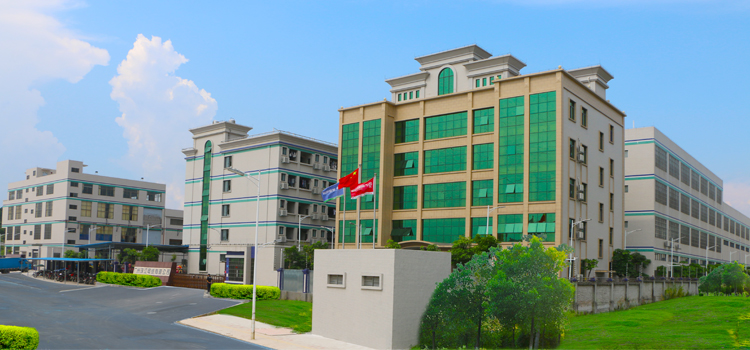 Company Profiles
Company Profiles Company Culture
Company Culture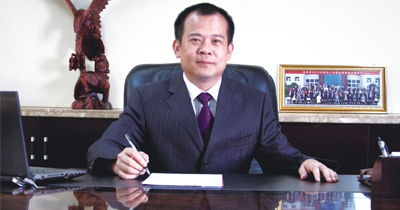 Message
Message Honor
Honor Video Center
Video Center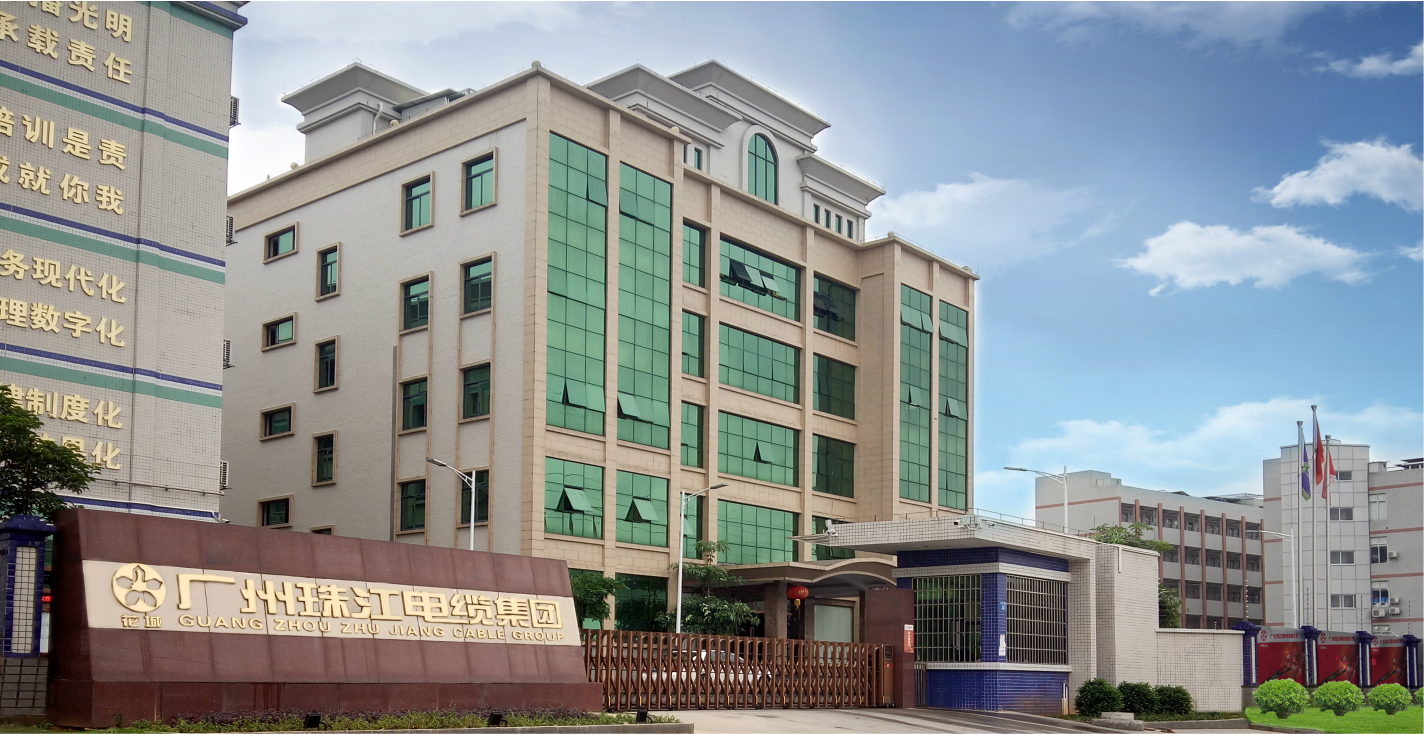 Company Reality
Company Reality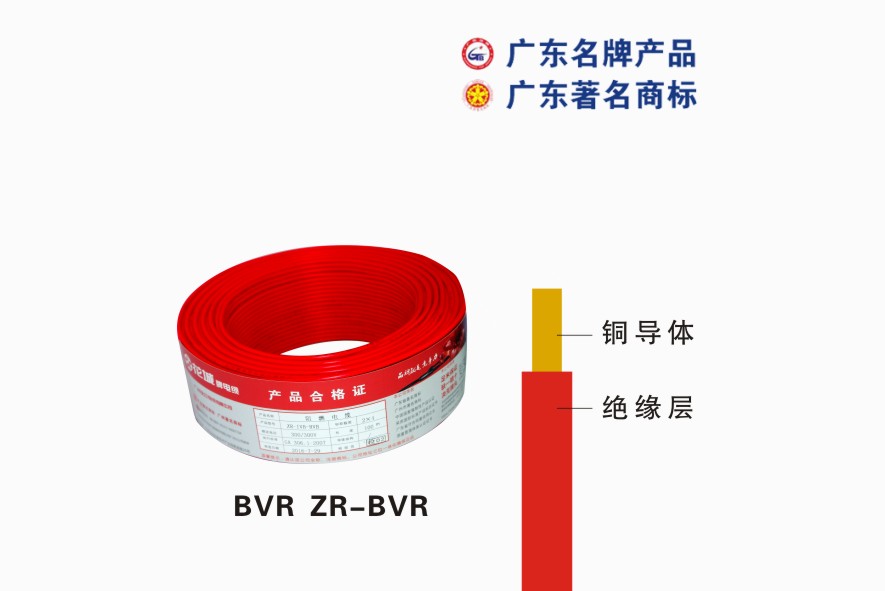 Pearl River Cable
Pearl River Cable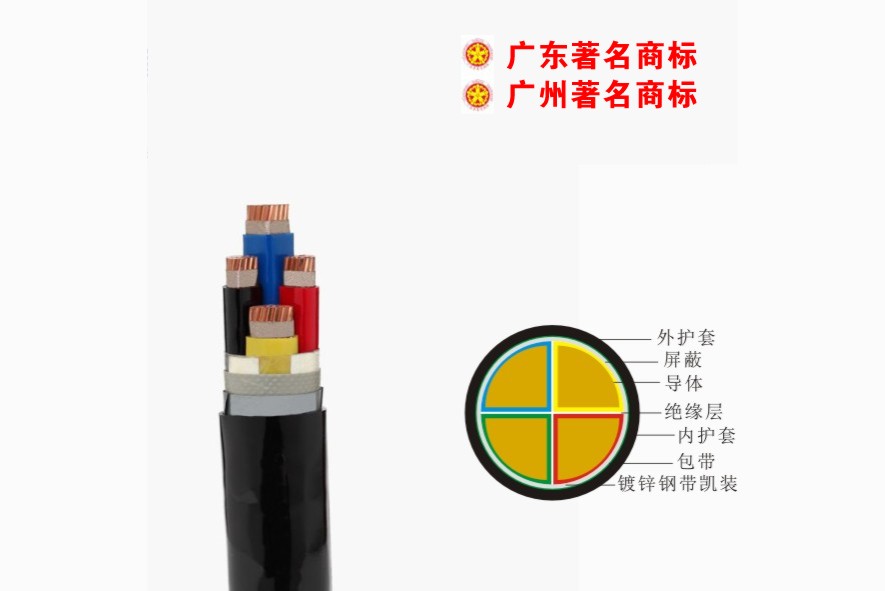 Low Voltage Cable
Low Voltage Cable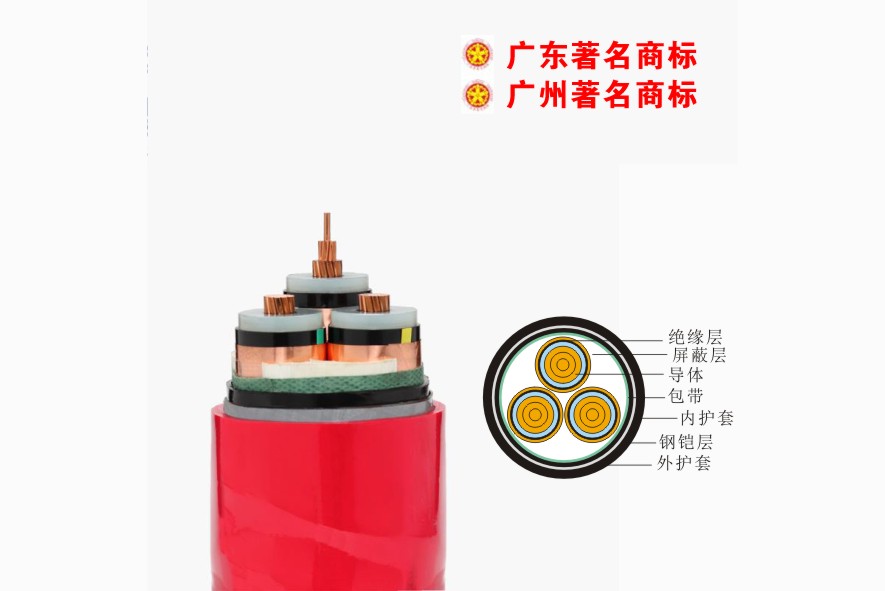 Medium Voltage
Medium Voltage Mineral Cable
Mineral Cable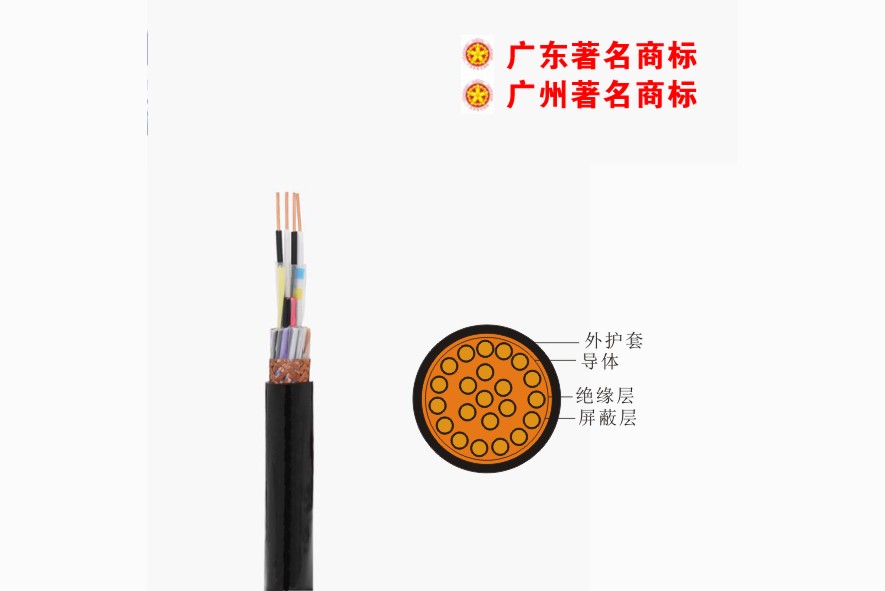 Control Signal Cable
Control Signal Cable Corporate News
Corporate News Cable Information
Cable Information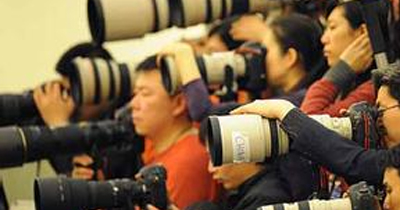 Media Reports
Media Reports Network Reprint
Network Reprint


